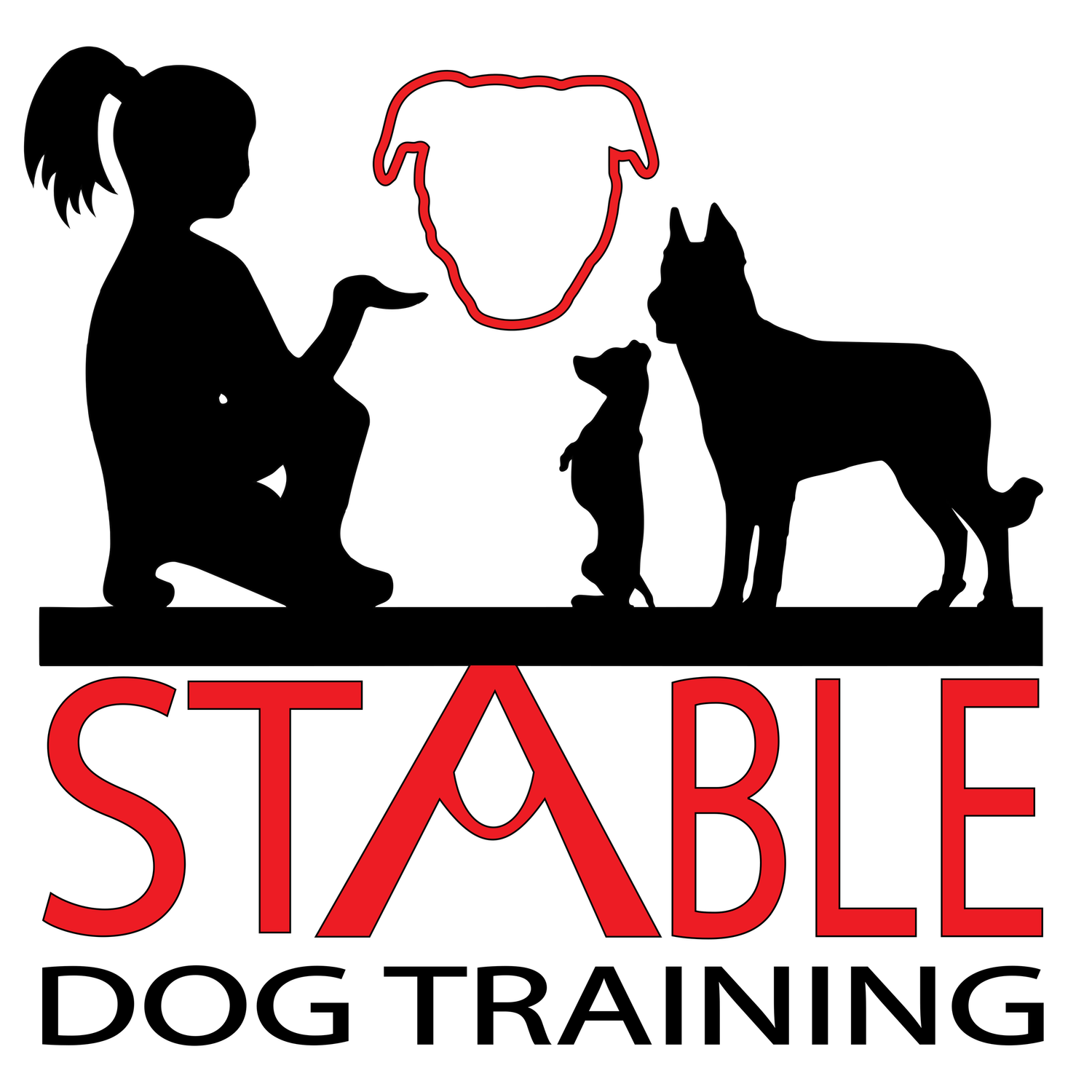Mastering Dog Socialization
Introduction
Hey there, dog lovers! When we talk about socialization in dog training, there are often some big misunderstandings. You might picture dogs having a blast at dog parks or busy daycare centers, playing freely with their furry friends. But true socialization is so much more than just dog-to-dog interactions. It’s all about introducing our pups to different experiences, environments, and stimuli in a calm, controlled way, especially when they’re young.
Dispelling Misconceptions: Quality Over Quantity
Let’s clear up a common myth: some folks think that exposing puppies to loads of other dogs from the get-go is the secret to making them sociable adults. But actually, the quality of these interactions counts more than the sheer number. If your pup is constantly around overly energetic, unruly dogs during those crucial early months, they might start picking up those same bad habits. This can spell trouble as they grow up and begin to prefer calmer company.
The Role of Mentorship: Learning from Calm, Confident Dogs
When you're introducing your puppy to other dogs, aim for interactions with calm, confident dogs who can be great role models. These well-behaved dogs act like mentors, showing your pup what good social behavior looks like. Try using impulse control exercises, where your pup needs to focus on you before they get to play with another dog. It's a great way to teach discipline and focus!
Structured Introductions: Controlling the Environment
Keeping control over the environment during introductions is key. Long leashes can be really helpful here—they let you manage the playtime and prevent your pup from getting overwhelmed. Giving too much freedom too soon can lead to behavior issues later on since puppies might struggle to control their impulses in chaotic situations.
The Handler's Role: Building Trust and Respect
By focusing on structured introductions and highlighting your role in shaping behavior, you’re teaching your dog to pay attention to you. This not only builds a strong bond of trust and respect but also makes you the go-to person for guidance and reassurance. Your dog will see you as their main source of comfort and security.
Beyond Canine Interactions: People and Environments
Socialization isn’t just about meeting other dogs—it’s also about getting used to various people and environments. Quality experiences matter more than quantity. Positive encounters in controlled settings help your dog become a well-rounded and adaptable companion. And remember, it’s okay to set boundaries and skip interactions that might be too overwhelming or disruptive to your training.
Leash Training: A Prudent Measure
Using leashes during outings is a smart way to keep control and reinforce good behavior. As your puppy grows and their curiosity peaks, the chances of them wandering off increase. Consistent leash training sets the stage for a reliable recall and underscores the importance of staying attentive to you.
Conclusion
In short, effective socialization is all about thoughtful planning, structured interactions, and focusing on quality over quantity. By fostering discipline, promoting calmness, and creating positive associations, you’re helping your furry friend navigate the world with confidence and ease. We’re all in this together, and sharing these experiences makes the journey even more rewarding. Happy training!

